 Torpedo bomber TBD-1 Devastator. In 1927, for service with the us Navy received the first aircraft carrier of special construction — the Lexington CV-2 and Saratoga CV-3. Then, in 1934, they were joined by “Ranger” CV-4. Began a large-scale program of rearmament of the fleet. Until the end of 1941 it was planned to build and put into operation four more ships: the “Yorktown” CV-5, enterprise CV-6, “Wasp” CV-7 and hornet CV-8. Their weapons required new advanced combat aircraft, because each was planned to accommodate up to 90 vehicles: fighters, dive bombers and torpedo bombers.
Torpedo bomber TBD-1 Devastator. In 1927, for service with the us Navy received the first aircraft carrier of special construction — the Lexington CV-2 and Saratoga CV-3. Then, in 1934, they were joined by “Ranger” CV-4. Began a large-scale program of rearmament of the fleet. Until the end of 1941 it was planned to build and put into operation four more ships: the “Yorktown” CV-5, enterprise CV-6, “Wasp” CV-7 and hornet CV-8. Their weapons required new advanced combat aircraft, because each was planned to accommodate up to 90 vehicles: fighters, dive bombers and torpedo bombers.
Read more
 A new generation of bombers-the monoplanes, which differs from the preceding higher performance characteristics, appeared in many countries in the period between 1932 and 1935. As a rule, they all had all-metal construction, smooth lining, retractable landing gear and closed cockpit. The flight speed of some exceeded 350 km/h, which combined with strong defensive armament made them almost invulnerable in combat with fighters of that time.
A new generation of bombers-the monoplanes, which differs from the preceding higher performance characteristics, appeared in many countries in the period between 1932 and 1935. As a rule, they all had all-metal construction, smooth lining, retractable landing gear and closed cockpit. The flight speed of some exceeded 350 km/h, which combined with strong defensive armament made them almost invulnerable in combat with fighters of that time. A new generation of bombers-the monoplanes, which differs from the preceding higher performance characteristics, appeared in many countries in the period between 1932 and 1935. As a rule, they all had all-metal construction, smooth lining, retractable landing gear and closed cockpit. The flight speed of some exceeded 350 km/h, which combined with strong defensive armament made them almost invulnerable in combat with fighters of that time.
A new generation of bombers-the monoplanes, which differs from the preceding higher performance characteristics, appeared in many countries in the period between 1932 and 1935. As a rule, they all had all-metal construction, smooth lining, retractable landing gear and closed cockpit. The flight speed of some exceeded 350 km/h, which combined with strong defensive armament made them almost invulnerable in combat with fighters of that time.

 Dive bomber, the Hs-123. After the First world war power aviation enterprises in Germany decreased significantly. The restrictions imposed by the Versailles Treaty, in fact, deprived the country of military aviation. However, already in the twenties of Germany gradually started the construction of its air force — the future of the Luftwaffe.
Dive bomber, the Hs-123. After the First world war power aviation enterprises in Germany decreased significantly. The restrictions imposed by the Versailles Treaty, in fact, deprived the country of military aviation. However, already in the twenties of Germany gradually started the construction of its air force — the future of the Luftwaffe.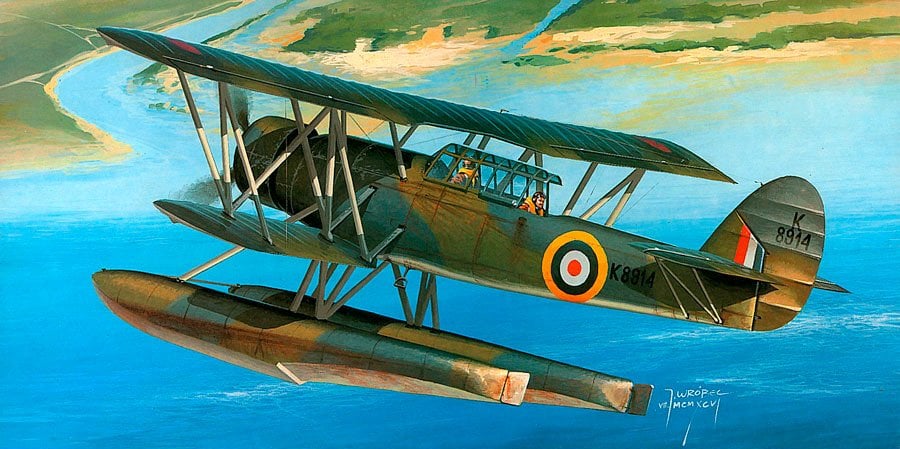
 Reconnaissance-torpedo bomber Blackburn Shark. In 1933 the air Ministry of great Britain has issued a document S. 15/33, which stipulates the requirements for a new scout-spotter-torpedo with a symbol T. S. R. (Torpedo-Spotter-Reconnaissance). According to these requirements, the aircraft had to operate from the decks of aircraft carriers, catapult ships and land-based airfields. This umieralnosci achieved by interchangeable wheel or float landing gear.
Reconnaissance-torpedo bomber Blackburn Shark. In 1933 the air Ministry of great Britain has issued a document S. 15/33, which stipulates the requirements for a new scout-spotter-torpedo with a symbol T. S. R. (Torpedo-Spotter-Reconnaissance). According to these requirements, the aircraft had to operate from the decks of aircraft carriers, catapult ships and land-based airfields. This umieralnosci achieved by interchangeable wheel or float landing gear.
 This plane can rightly be called the most successful American fighter of the Second world war. Experts from the U.S. Navy estimated that 75 percent of all air victories of the naval aviation of the United States, accounted for F6F-3 HELLCAT. On battle account carrier — based fighter- 4947 shot down in aerial combat aircraft, and 209 downed F6F-3 land-based.
This plane can rightly be called the most successful American fighter of the Second world war. Experts from the U.S. Navy estimated that 75 percent of all air victories of the naval aviation of the United States, accounted for F6F-3 HELLCAT. On battle account carrier — based fighter- 4947 shot down in aerial combat aircraft, and 209 downed F6F-3 land-based.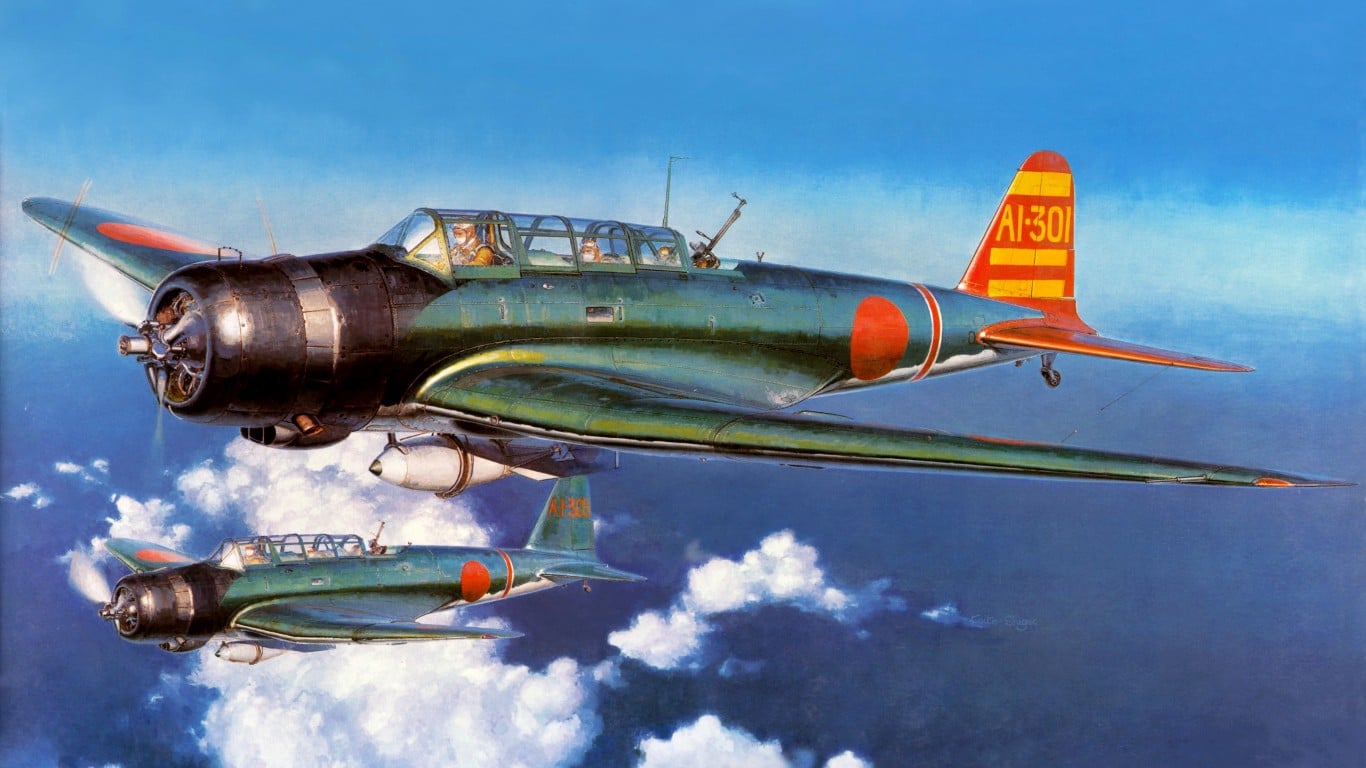
 This Japanese carrier-based torpedo bomber with radial engine, Nakajima “Hikari 1” made its first flight in January 1937. Delivery of the first production NAKAJIMA B5N1 on Japanese carriers launched in 1938. A year later, an upgraded version of the aircraft NAKAJIMA B5N2 was released with a more powerful engine Nakajima “Sakae 11”. B5N2 considered the best in the world deck torpedo bomber-1941.
This Japanese carrier-based torpedo bomber with radial engine, Nakajima “Hikari 1” made its first flight in January 1937. Delivery of the first production NAKAJIMA B5N1 on Japanese carriers launched in 1938. A year later, an upgraded version of the aircraft NAKAJIMA B5N2 was released with a more powerful engine Nakajima “Sakae 11”. B5N2 considered the best in the world deck torpedo bomber-1941.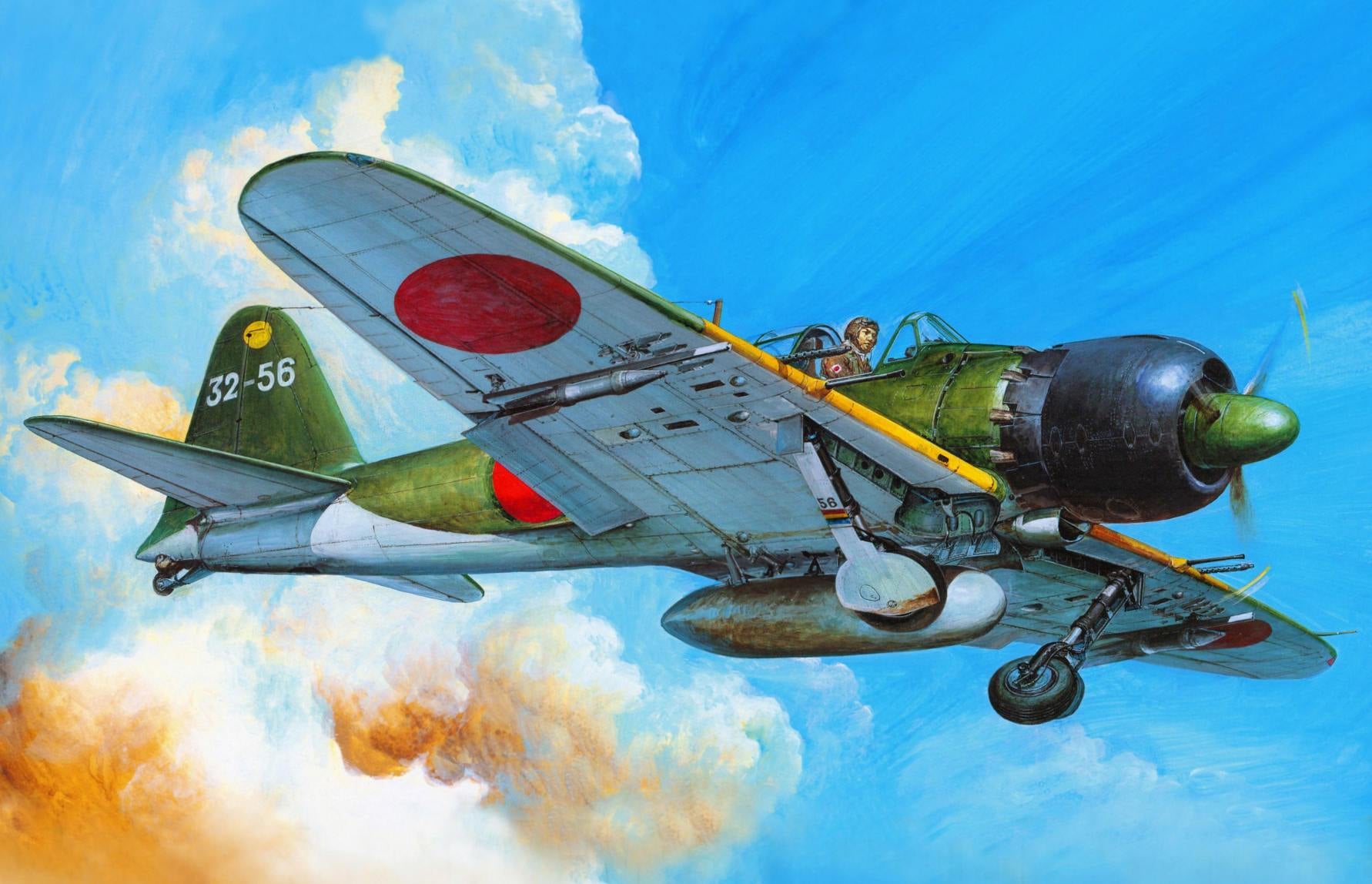
 The number of these fighters were produced in eight versions of the Japanese industrial concern Mitsubishi in 1939, amounted to about 10 499 (according to other sources — 10 937) copies. The A6M was designed in 1937, the Japanese designer Jiro Horikoshi. His first Pope the plane made on 1 April 1939.
The number of these fighters were produced in eight versions of the Japanese industrial concern Mitsubishi in 1939, amounted to about 10 499 (according to other sources — 10 937) copies. The A6M was designed in 1937, the Japanese designer Jiro Horikoshi. His first Pope the plane made on 1 April 1939.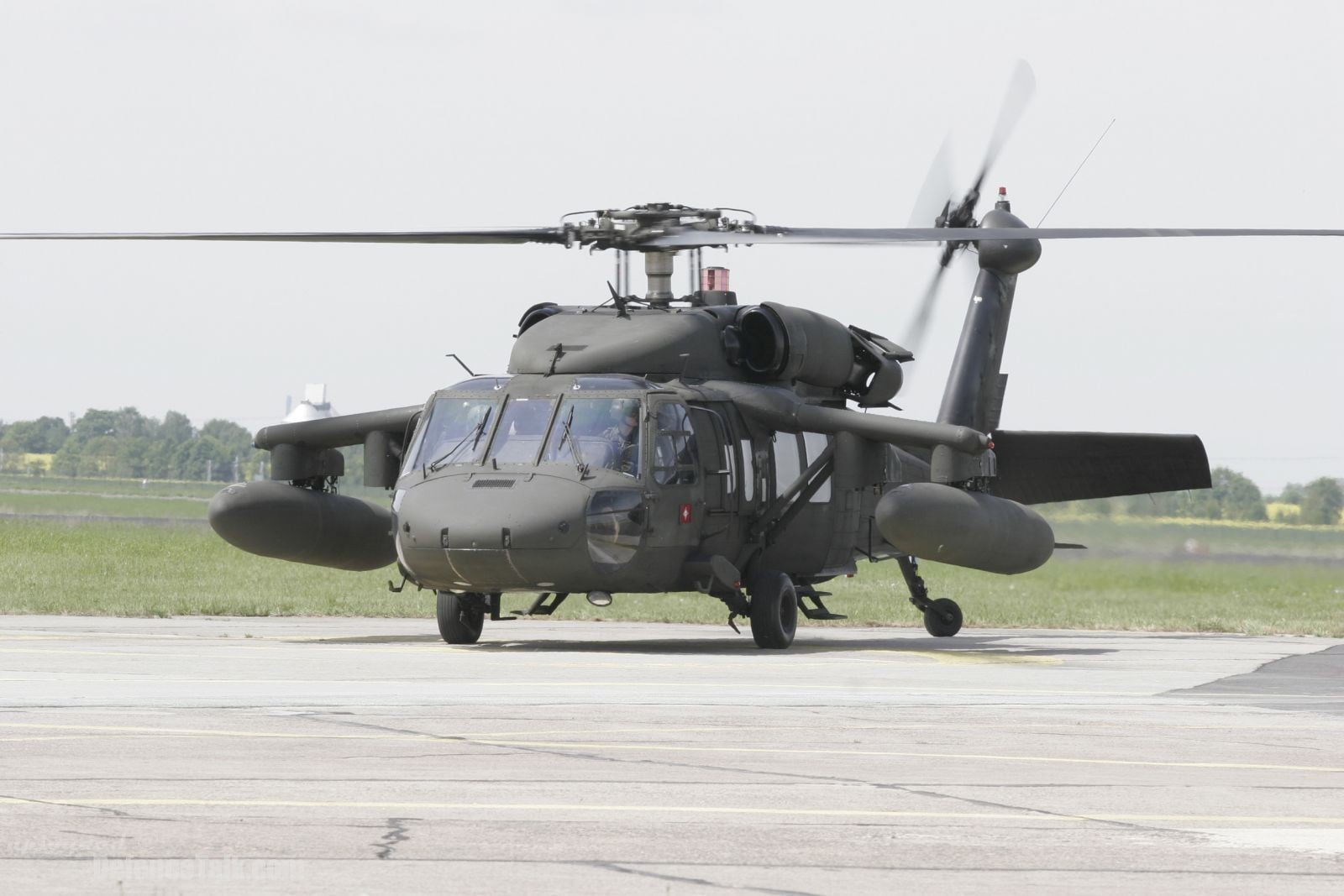
 In December 1976 the American helicopter firm Sikorsky was announced as the winner of the competition to design a multi-purpose tactical transport helicopter for the US army to replace the UH-1. The firm submitted a helicopter S-70 (UH-60), which made its first flight two years earlier in October 1974. Then the machine became the basis of the production program of the company. All the years of serial production built more than 1000 copies.
In December 1976 the American helicopter firm Sikorsky was announced as the winner of the competition to design a multi-purpose tactical transport helicopter for the US army to replace the UH-1. The firm submitted a helicopter S-70 (UH-60), which made its first flight two years earlier in October 1974. Then the machine became the basis of the production program of the company. All the years of serial production built more than 1000 copies.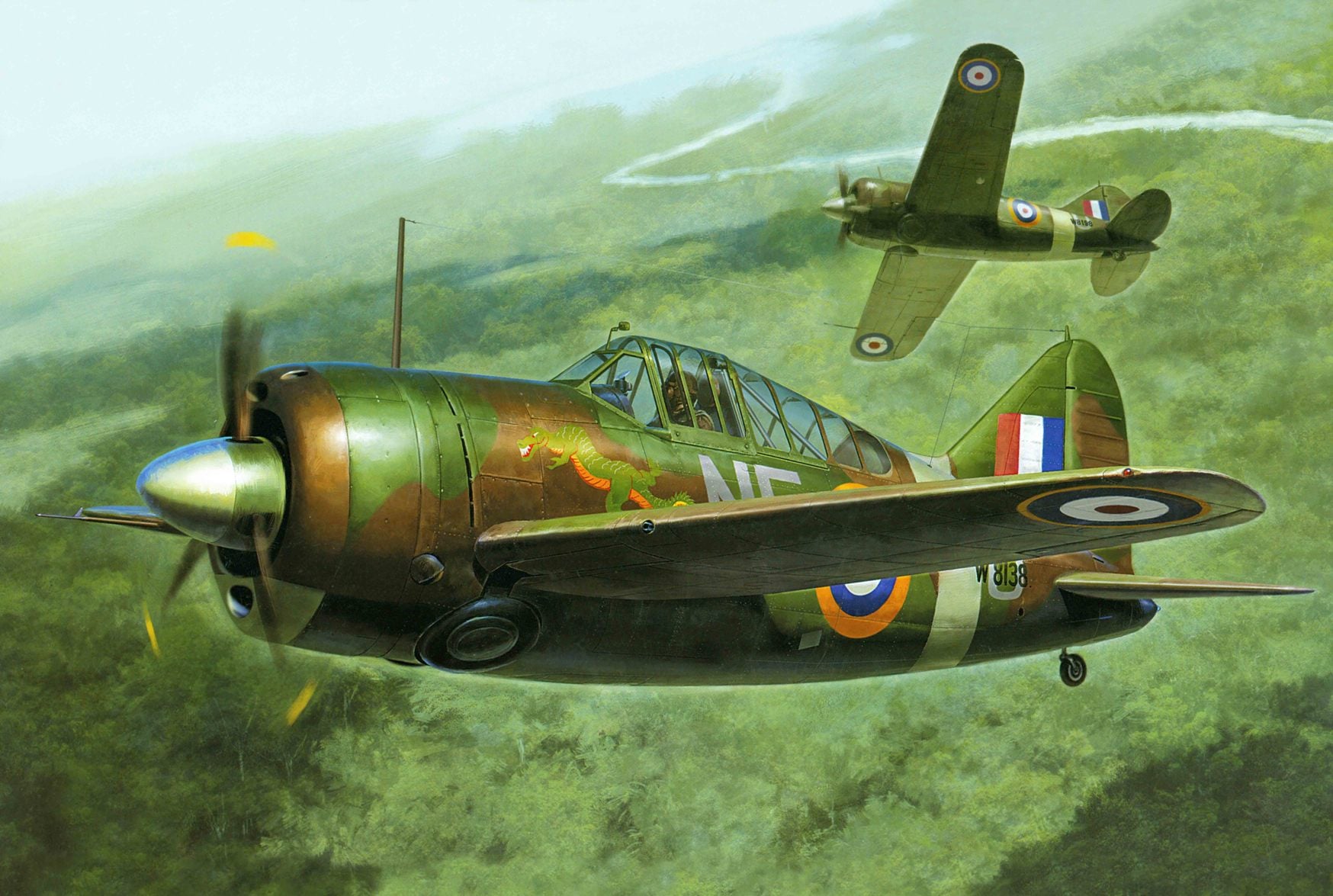
 Carrier-based fighter BREWSTER F2A Brewster company was the first fighter monoplane taken into service by the Navy of the United States. Designed in 1937, the beginning of the Second world war he was already considered outdated. Japanese aircraft were superior to it in flight characteristics and firepower. However, the plane was successfully used not only in the US but in other countries, and its combat use by the pilots of the Finnish F2A puts in one number with the most outstanding fighters of the Second world war.
Carrier-based fighter BREWSTER F2A Brewster company was the first fighter monoplane taken into service by the Navy of the United States. Designed in 1937, the beginning of the Second world war he was already considered outdated. Japanese aircraft were superior to it in flight characteristics and firepower. However, the plane was successfully used not only in the US but in other countries, and its combat use by the pilots of the Finnish F2A puts in one number with the most outstanding fighters of the Second world war.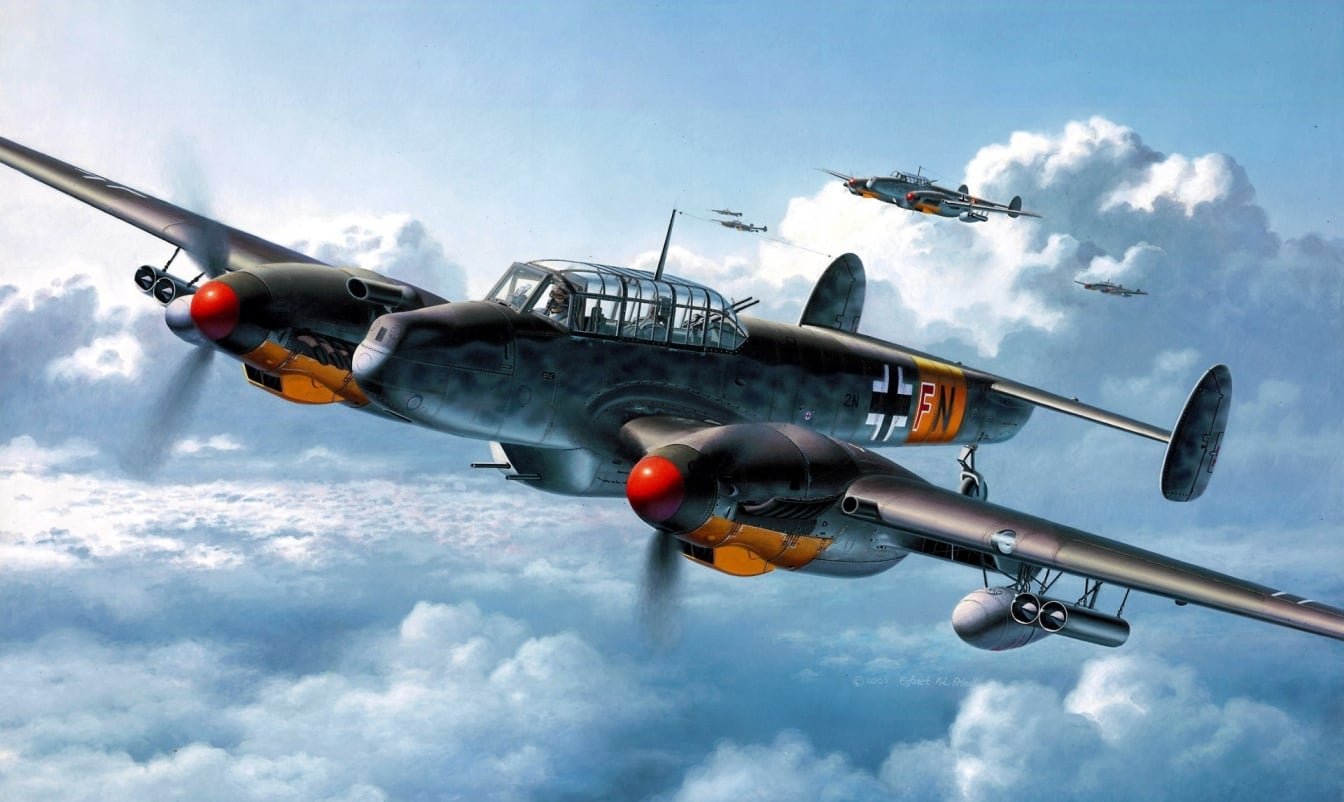
 The prototype of this far twin-engine night fighter bombers took to the air in may 1936. The first production aircraft was the Bf 110C equipped with 1100-horsepower engines Daimler-Benz DB 601A direct fuel injection. On the basis of this machine was produced as fighter-scouts-5 fighter-bombers With a-7 and a number of other modifications.
The prototype of this far twin-engine night fighter bombers took to the air in may 1936. The first production aircraft was the Bf 110C equipped with 1100-horsepower engines Daimler-Benz DB 601A direct fuel injection. On the basis of this machine was produced as fighter-scouts-5 fighter-bombers With a-7 and a number of other modifications.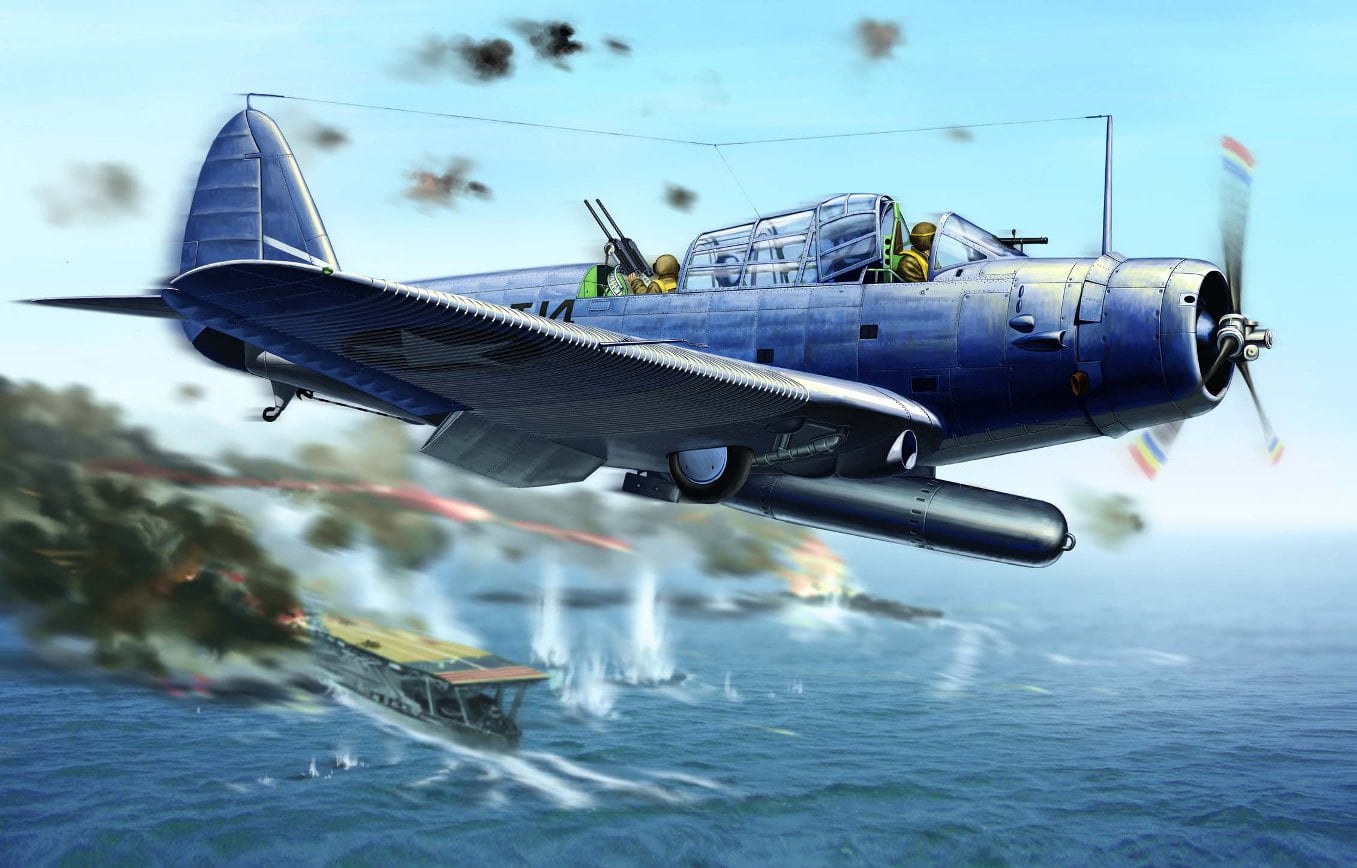
 Torpedo bomber TBD-1 Devastator. In 1927, for service with the us Navy received the first aircraft carrier of special construction — the Lexington CV-2 and Saratoga CV-3. Then, in 1934, they were joined by “Ranger” CV-4. Began a large-scale program of rearmament of the fleet. Until the end of 1941 it was planned to build and put into operation four more ships: the “Yorktown” CV-5, enterprise CV-6, “Wasp” CV-7 and hornet CV-8. Their weapons required new advanced combat aircraft, because each was planned to accommodate up to 90 vehicles: fighters, dive bombers and torpedo bombers.
Torpedo bomber TBD-1 Devastator. In 1927, for service with the us Navy received the first aircraft carrier of special construction — the Lexington CV-2 and Saratoga CV-3. Then, in 1934, they were joined by “Ranger” CV-4. Began a large-scale program of rearmament of the fleet. Until the end of 1941 it was planned to build and put into operation four more ships: the “Yorktown” CV-5, enterprise CV-6, “Wasp” CV-7 and hornet CV-8. Their weapons required new advanced combat aircraft, because each was planned to accommodate up to 90 vehicles: fighters, dive bombers and torpedo bombers.